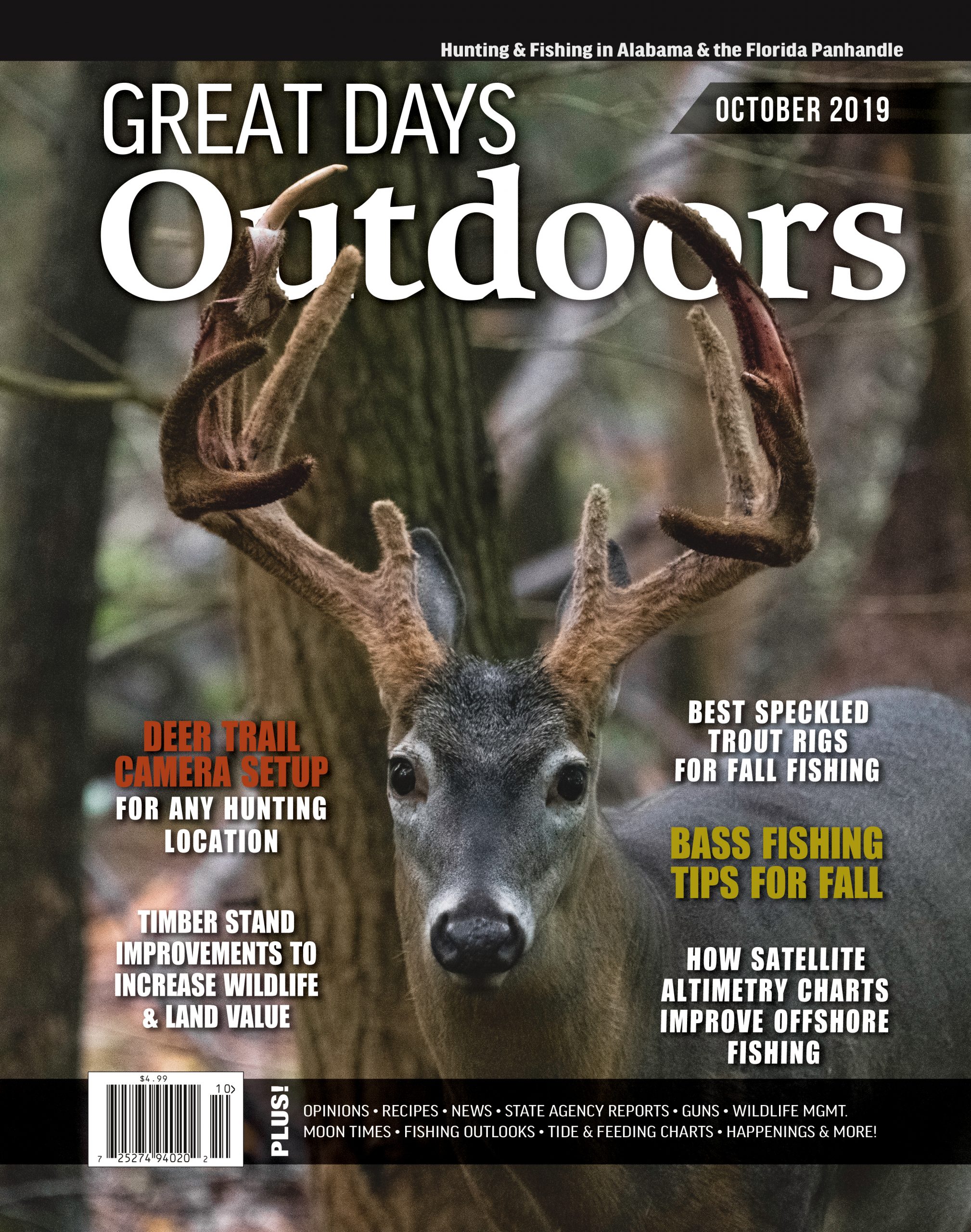Specialty tools are available to perform a specific task. Craftsmen and women utilize certain tools designed to complete a job meeting specific standards. Their tools are important in the performance of their job. Without tools the task could not be completed in an efficient manner. Hunters also have tools to assist them in their tasks. Bows, rifles, tree stands, binoculars and other items are all tools hunters use in the pursuit of game. Each tool has a specific function to assist the hunter and hunters practice with their tools to achieve top performance. One tool that often gets overlooked by hunters is the deer trail camera. Yes, an effective trail camera setup becomes a prime tool for the hunter. Recent advancements in the use of technology in game cameras and better trail camera settings have pushed them to the top of the hunter’s toolbox.
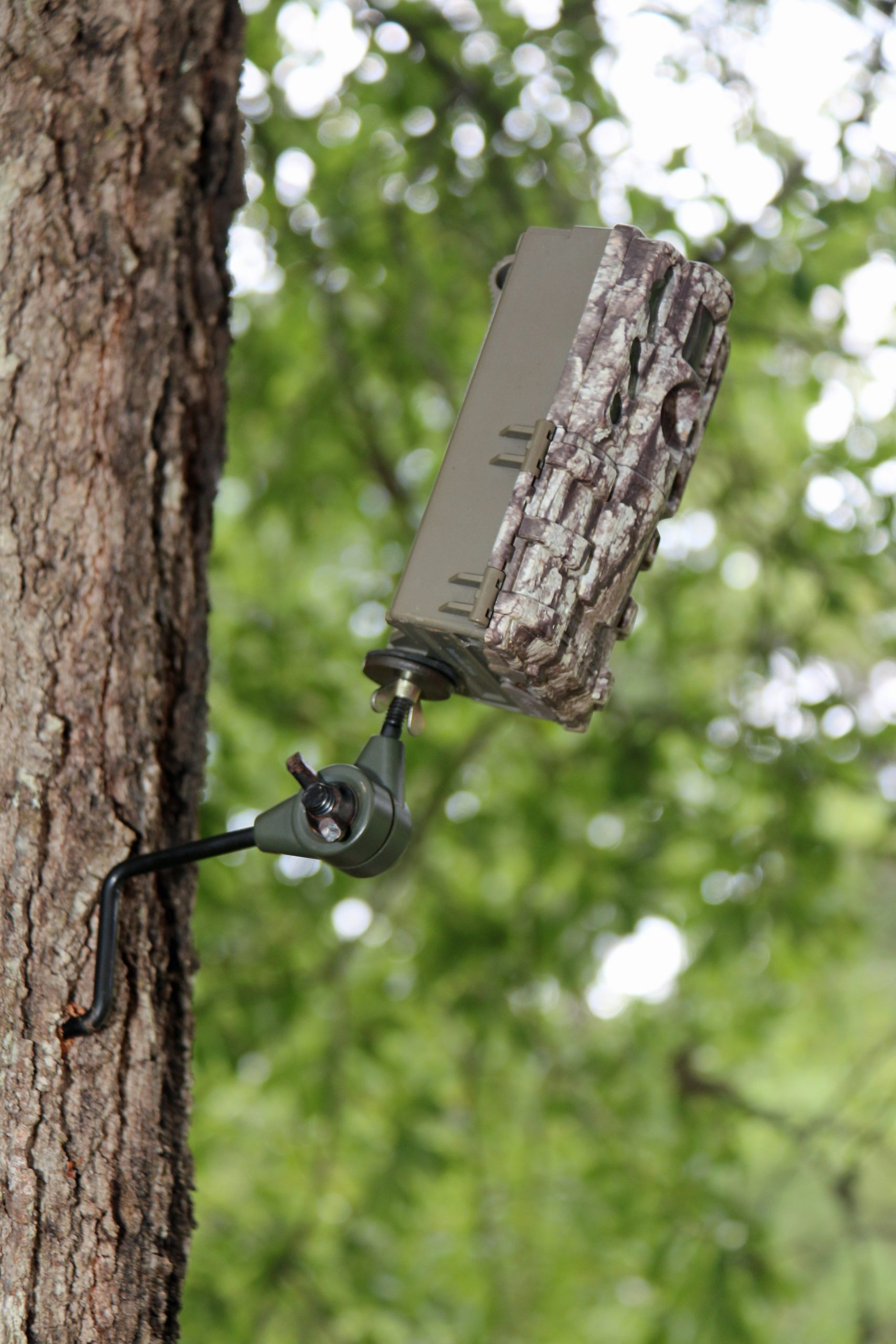
Lights, Camera and Action
There are several quality models of deer trail cameras available that provide easy setup and clear photos or videos day or night. Moultrie, Cuddeback, Wildgame Innovations, Spy Point and Covert are a few of the more popular and affordable models. Most camera models offer various features and trail camera settings, infrared photos for night, fast trigger speed and video mode.
“We use the DLC Covert camera primarily in video mode,” mentions Dennis Holcomb of Oxford, Ala. “The video mode lets us see more than what is on a still photo.”
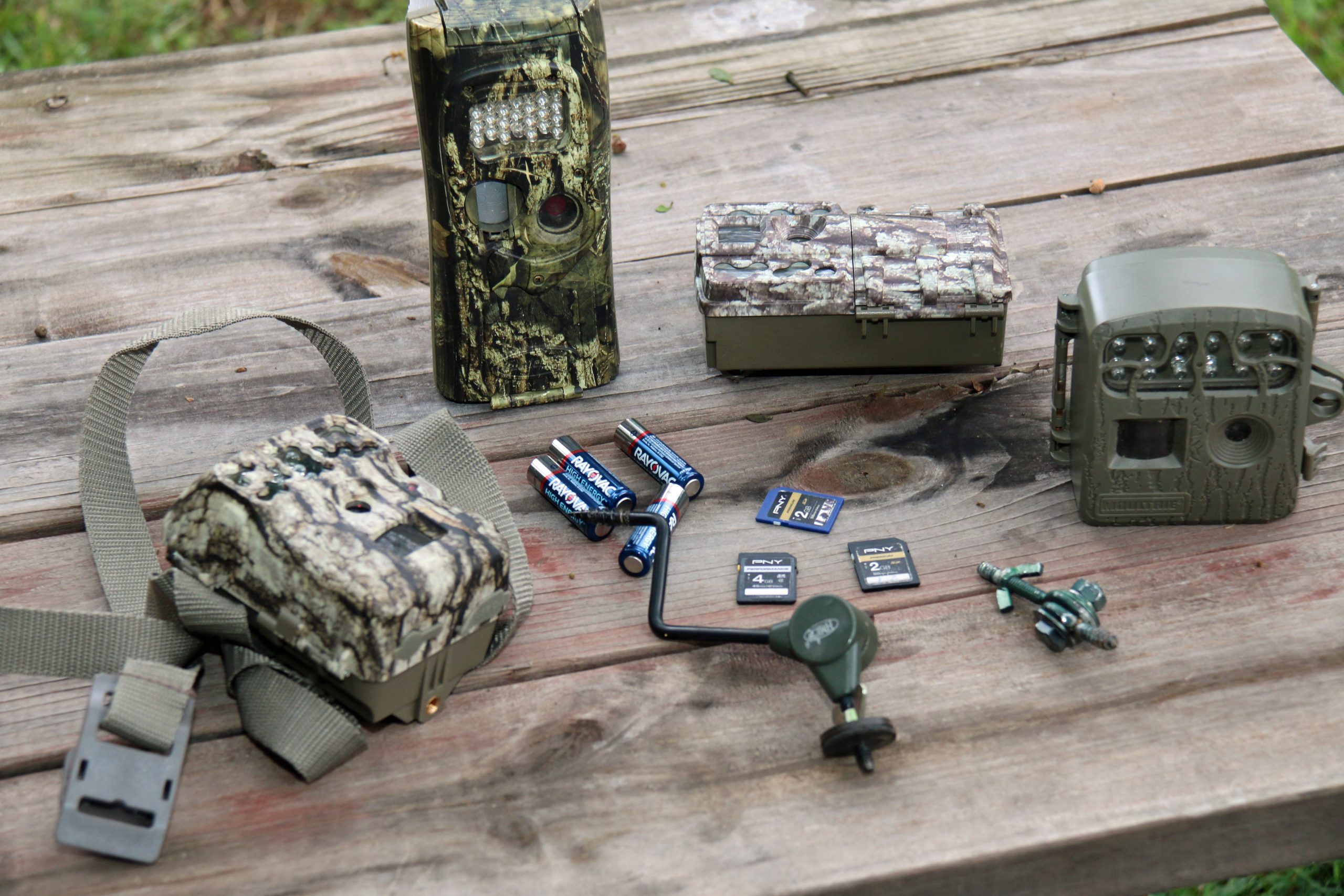
Holcomb has set up digital game cameras in different areas on his hunting lease. The cameras are set for a 25 second video with a five-minute delay between recordings. He scouts areas to place the cameras to see what type and size deer are coming through the area. Holcomb says he gets about 350 videos a week on some cameras.
“We will check the cameras at least once a week,” Holcomb reports. “You really can learn a lot about the deer on your property using the cameras.”
The trail cams will record anything that triggers the sensor, including other types of wildlife and trespassers. Although designed for capturing wildlife, game cams have also caught criminals in the act around homes, garages and barns. The units are compact, quiet and the infrared does not spook animals at night.
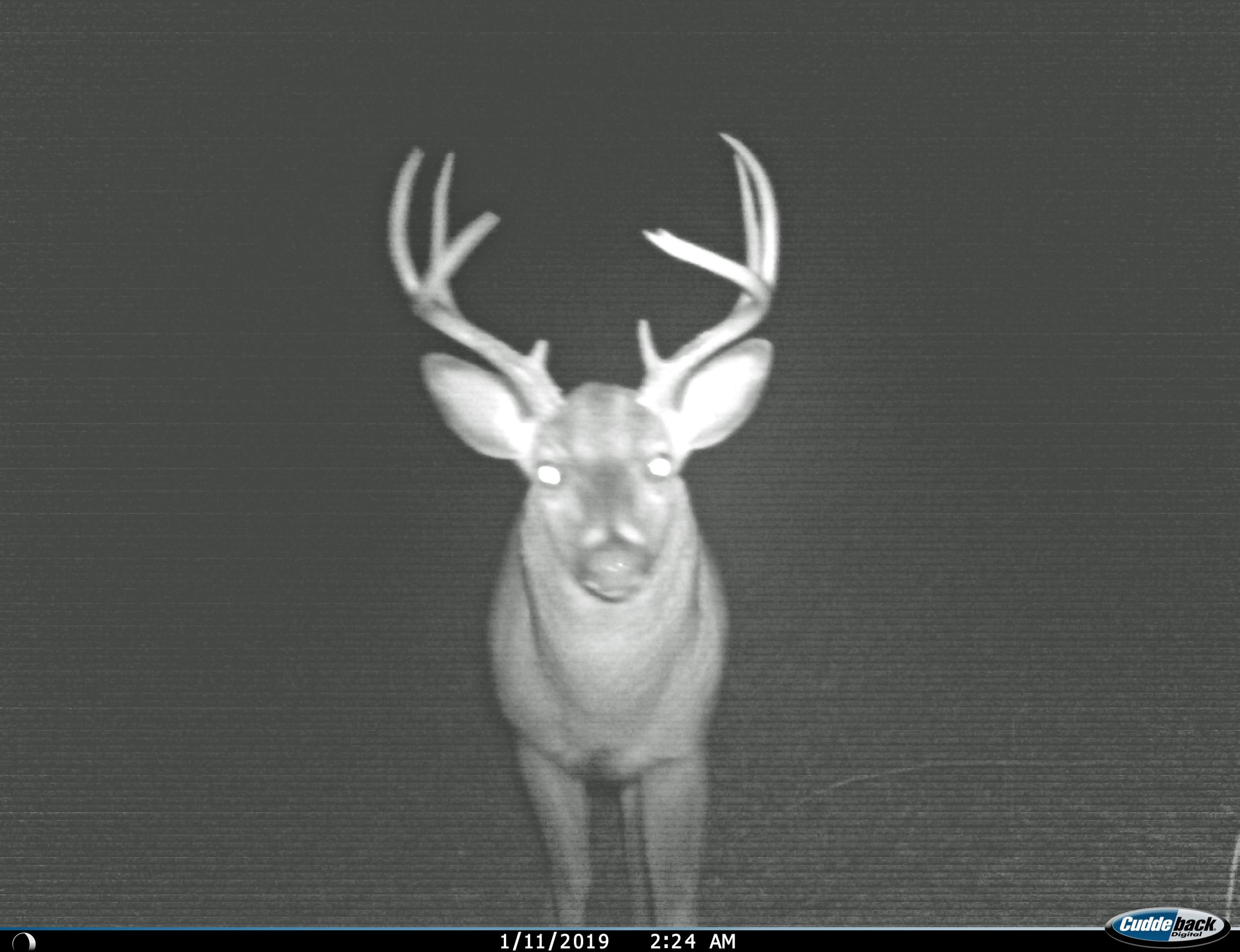
Later models have better trail camera settings, longer battery life, and can support large capacity memory cards. The cards make it easy to swap out on the cameras and minimize the time in the deer zone. The Covert camera models uses AA size batteries that can last up to four months.
Cameras Calling the Hunter About a Deer
Many trail camera manufacturers offer cellular models that allow hunters to receive photos almost immediately. The cameras are connected to a cell phone service provider. The cell service is inexpensive. Some plans are as cheap as $10 a month.
The trail camera settings and service can be activated to send photos over the cell network either by text, email or both. The pics can go directly to your smartphone, tablet or computer. Software applications can be used to categorize the photos for easy retrieval and hunt planning.
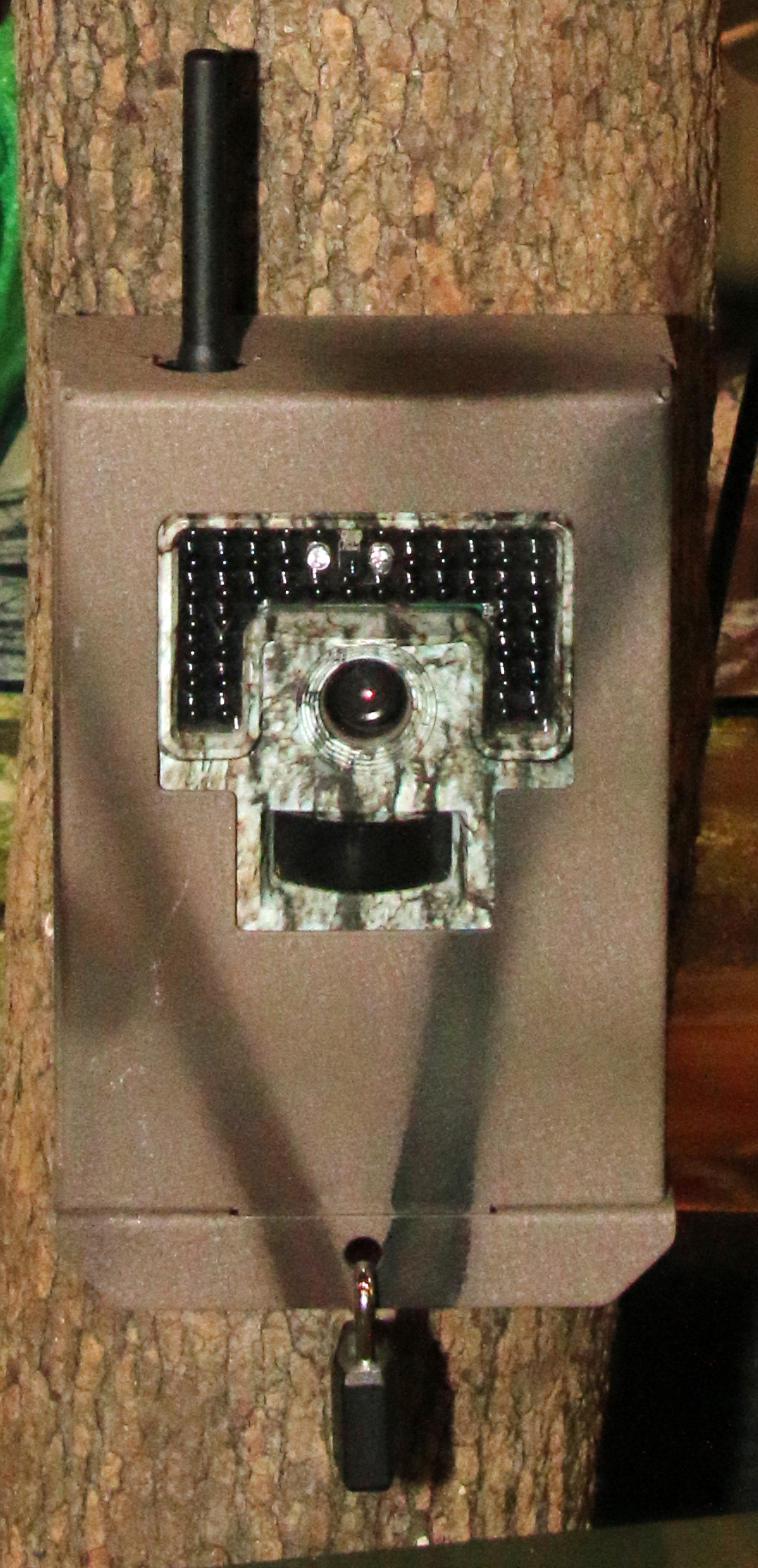
“Our SC 410 camera utilizes multi-carriers with 4G LTE,” mentions Marc Cavanaugh of Intelligent Surveillance Corporation (ISC). “This allows users to use the best technology available switching between cellular carriers for the best coverage.”
The deer trail camera setup also has a true Global Positioning System (GPS) tracking feature that can access the camera’s location and is not contingent on cell service. A glass lens and a machined aluminum frame allows for clear pictures and is rated for IP68 waterproof specifications.
Cuddeback offers a cellular camera that will allow up to 16 other cameras to connect to the one main camera. The other game cameras must be Cuddeback brand, but this limits the need to only one cell plan. The Cuddelink camera can placed in the center of the property with the satellite cameras scattered around other sectors for complete coverage of hunting area.
There are several other brands of cellular cameras with a multitude of trail camera settings that offer automatic photo sending and remote operation. Most also offer a picture storage or categorizing of photos you want to keep.
With the digital cell cameras sending pictures to hunters, there is less intrusion and disturbance in the deer woods.
Tracking the Deer’s Movement
By early autumn bucks begin to disperse. Holcomb knows the bucks are around and he has photo evidence to prove it. Holcomb uses his series of game cameras throughout his hunting lease property. He keeps the cameras up in service throughout the year.
“We had the cameras up near a ladder stand,” Holcomb said.. “We were seeing a good size buck on a regular basis about the same time of day before hunting season.”
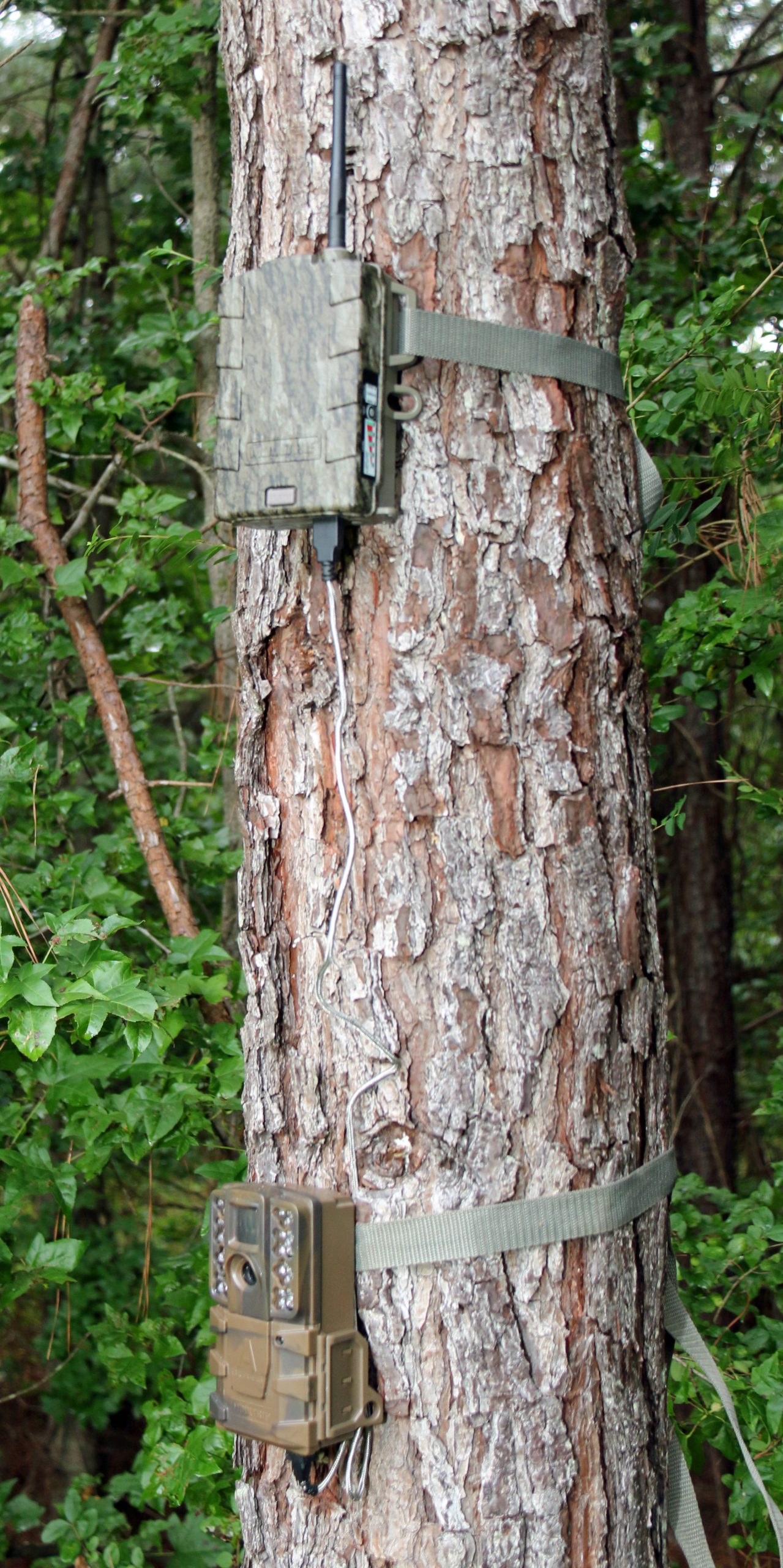
Holcomb pointed out that once the stand was hunted a few times the deer changed their patterns. It was almost like they knew it was hunting season. Still, the cameras kept rolling and captured the deer coming through from a different direction at a different time. The hunters approached from another direction and remained on stand longer to kill that buck.
“The deer may change their travel routes a few hundred yards when under pressure,” Holcomb commented. “If we are not getting any deer on one camera location, we will move the camera down to another area about 100 yards.”
Holcomb moves the cameras around the property in order to cover as much area as possible to get an inventory of the deer. The result is that Holcomb and his hunting partners really get to know the deer, their markings and most importantly their comings and goings.
Stealthy Camera Set Up
Most hunters will place a trail game camera near a food plot or feeder. This usually captures some photos of does and smaller bucks. However, hunters will want to know where the big bucks are and their movements.
Older bucks can be become wise to trail camera placement from scent, lights and frequent visits by hunters checking data cards. Even the soft infra-red glow of some game cameras can alert bucks. Placement is key.
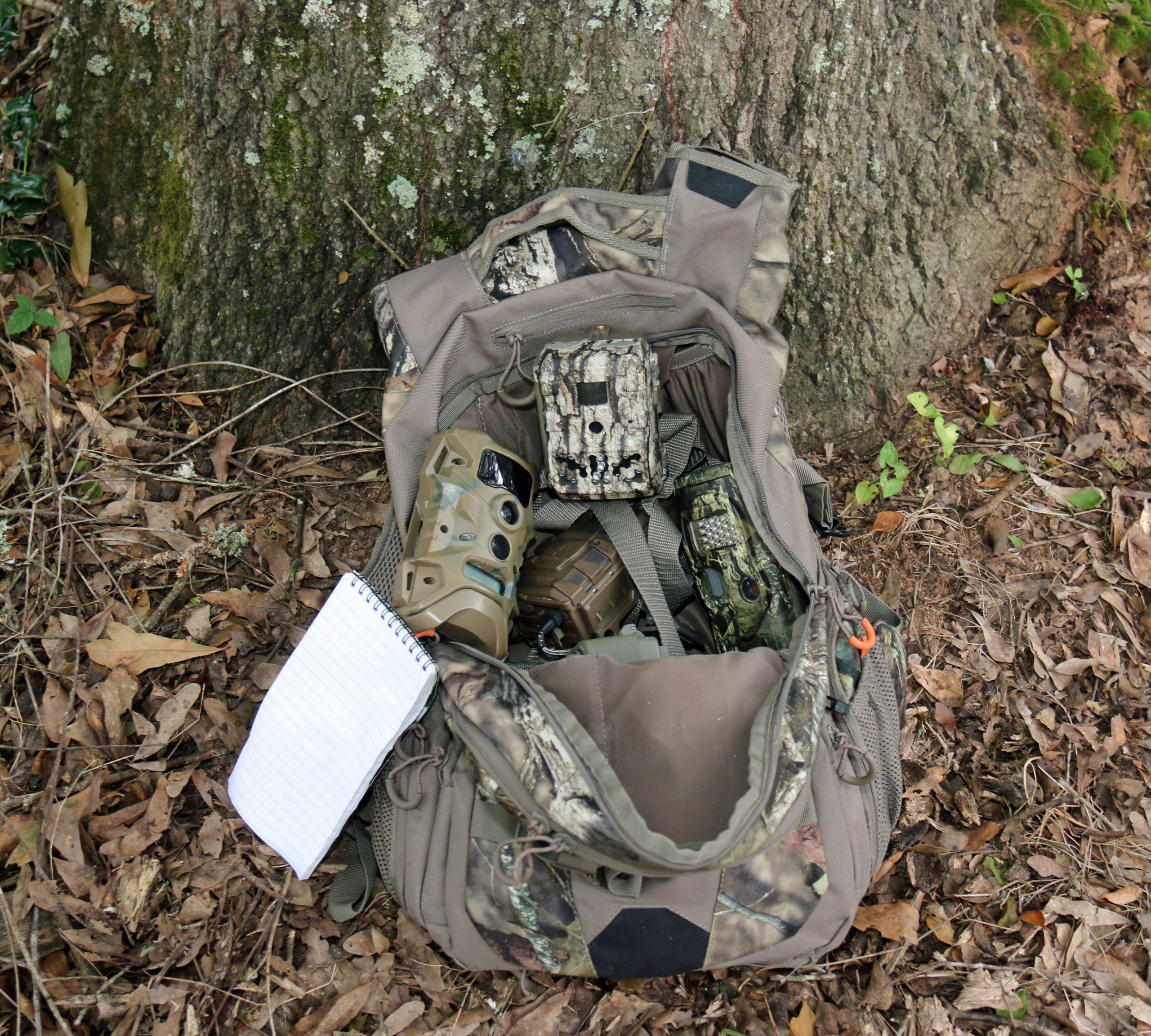
“Place the camera about 15 yards off a main deer trail,” Cavanaugh advised. “We like the camera to face northeast to northwest to avoid direct sunlight.”
Deer trail camera setups should be mounted at a 45-degree angle to a trail for wider coverage of the trail. Hunters should wipe down the camera with scent killer wipes and wear gloves when placing the camera in service.
Most hunters will strap the deer trail camera to a tree around waist high. However, this can put the camera at eye level to deer. Mounting the trail cam at around six feet or higher puts the unit out of sight of deer and other hunters. Do make certain the camera lens and sensor have an unobstructed view of the trail.
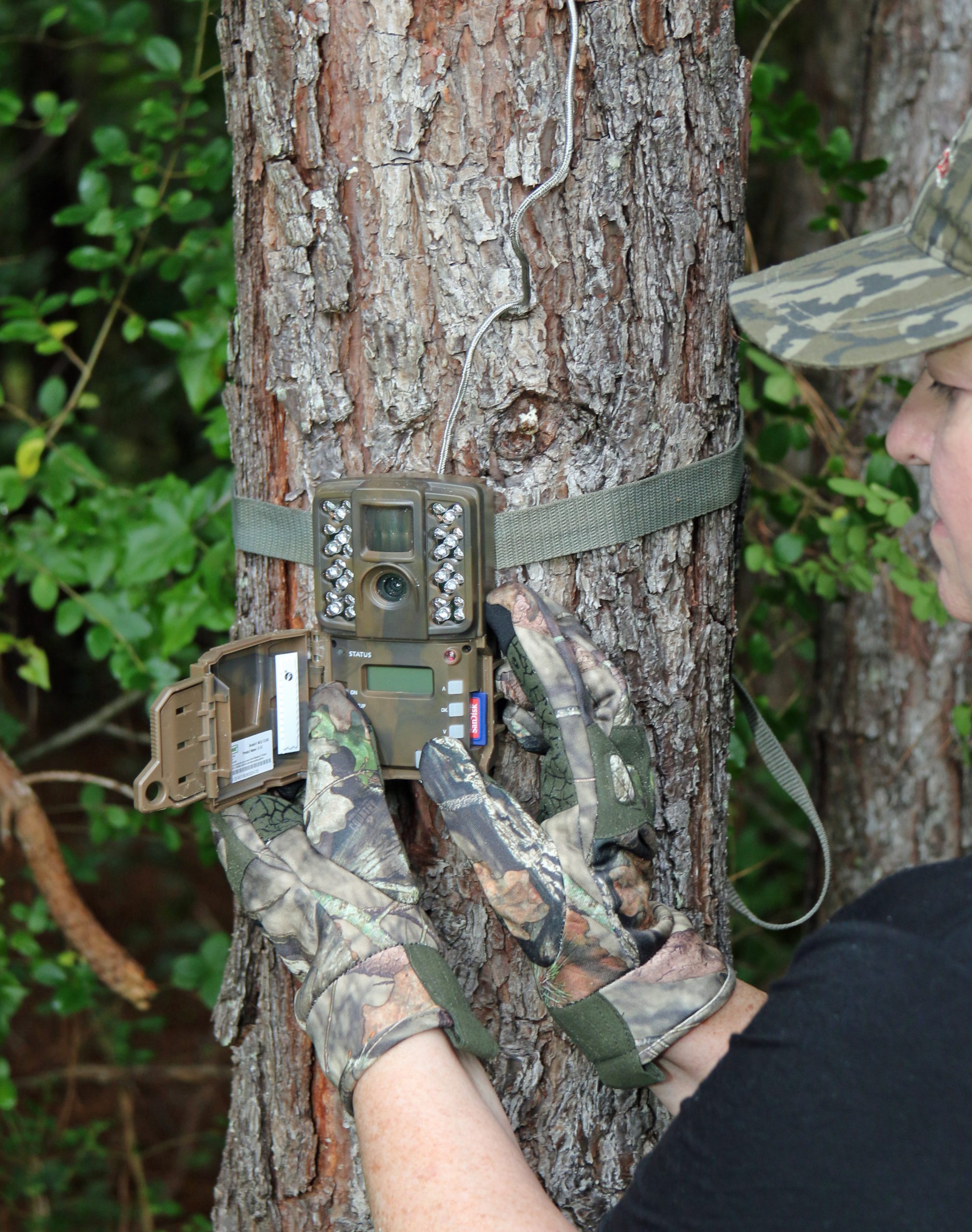
SpyHigh makes a camera mounting system that makes it simple to place trail cameras higher in trees. The mounts allow the camera to be tilted downward over the trail.
With a single camera on a food plot or field, deer may enter from any direction without triggering the camera. Savvy hunters will use two or more cameras for better coverage especially on larger plots and fields.
This article first appeared in the October 2019 print issue of Great Days Outdoors Magazine. For more great hunting and fishing content for the deep South, subscribe to Great Days Outdoors print and digital editions or click the image to download this issue.


